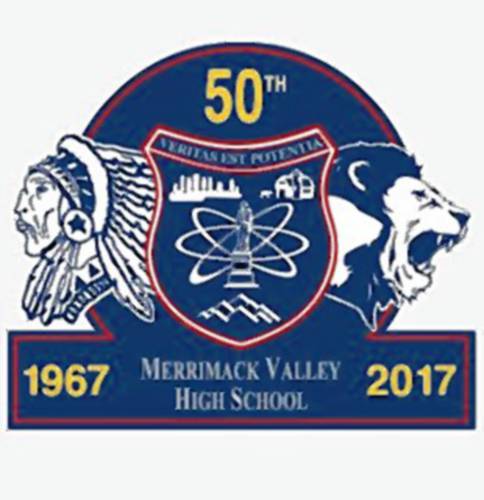An interesting imbroglio has developed in Penacook, home to the Merrimack Valley High School Blue Pride—née Indians. Much to the chagrin of the politically correct, MVHS alumni have continued to embrace the symbol they remember. Indian imagery can still be found on the school campus.
That such imagery can still be seen is a sore spot for activists who feel the symbolism is insensitive to Native Americans. So the school board has been pressured to spend thousands of dollars to eradicate Indian likenesses from the gymnasium floor.
The argument over Indians symbols and mascots has been going on for decades. Folks with Indian heritage and blood have weighed in on both sides of the Penacook debate.
(Penacook, by the way, is the name of a tribe that once inhabited the Merrimack Valley. Presumably the village won’t be changing its name.)
How do most Native Americans feel about the issue? An exhaustive Sports Illustrated survey found that almost 80% of Indians favored the general usage of Native American imagery by sports teams to honor the perceived qualities of Indian warriors.
The Seminole Tribe, for example, is proud to support the symbol of Florida State University, whose teams are the “Seminoles.”
To be sure, some past practices were insensitive. The Atlanta Braves’ Chief Noc-a-Homa comes to mind. But most insensitive practices have been amended or eliminated. Chief Noc-a-Homa has retired. But activists aren’t interested in compromise. They’re bullies who emotionalize the issue on their terms. If you don’t agree with them then you’re a racist.
Why do they do this?
They do this because liberal activists draw energy from activism itself. They need causes—especially causes that enable them to virtue signal, to demonstrate moral superiority. Thus we have preening, non-Indian activists jamming their perspectives down the throats of most other people—including most Native Americans.
They’ve been quite successful at getting their way wherever people don’t have votes—i.e. on college campuses, with educational administrators, with unelected bureaucrats, or appointed judges.
When the people do get to weigh in, they usually support maintaining symbols meant to honor—not denigrate—Native Americans. This happened in Laconia, where the good voters chose to retain the Sachem as the proud symbol of Laconia High School.
Now it looks like the good people of Merrimack Valley may similarly get to have a voice.
In a Concord Monitor story, Ray Duckler reported that the Merrimack Valley School Board chose to let residents decide if Native American images should be ejected from the basketball court. The board voted to add the issue to the warrant at the annual March town meeting for further discussion. Another article was discussed that would seek public donations, not taxpayer money, to repaint the baselines. But one wonders if money is raised to repaint the floor, will the administrators just go ahead and paint over the Indian likenesses, or will they honor the wishes of the people.
School meetings are often dominated by those who stand to benefit from increased school spending or who support education establishment orthodoxy. But I have a feeling that the good people of greater Penacook, like the good people of Laconia, will assert their desire to continue to remember and honor Native Americans.
The Penacooks who lived here centuries ago won’t be able to vote. But if they could, I think they’d support keeping and honoring the Indian symbol.
Or at least 80% of them would!
#####
(A former state representative, Loudon’s Michael Moffett is a retired professor and Marine Corps officer.)
